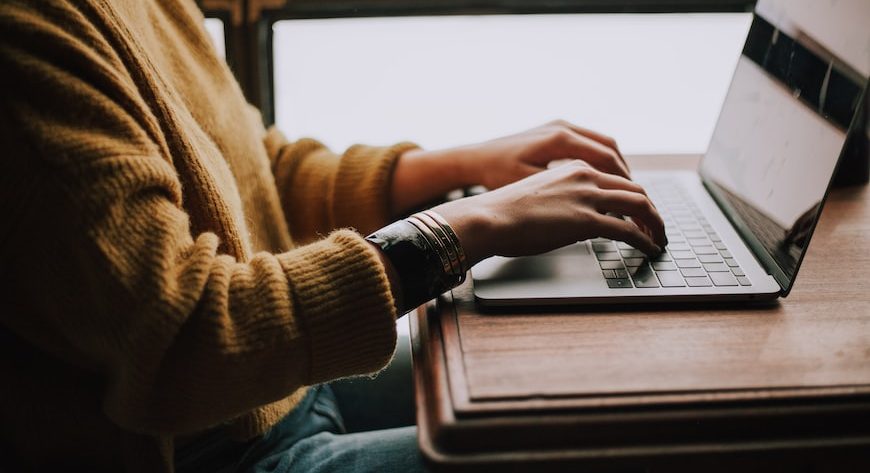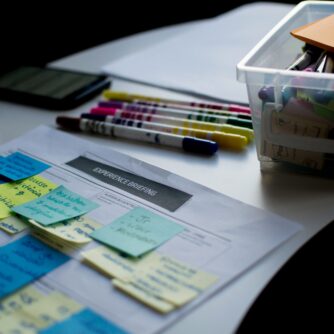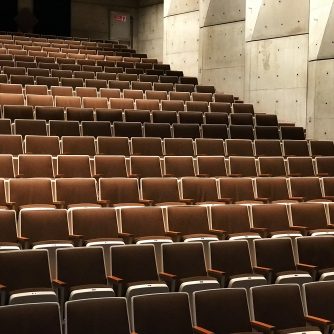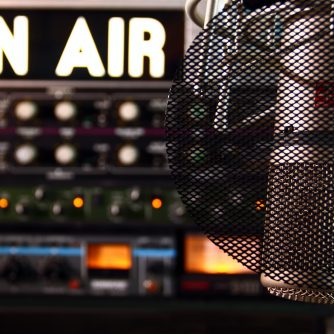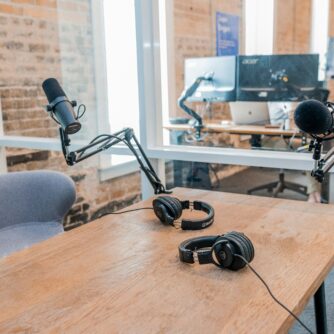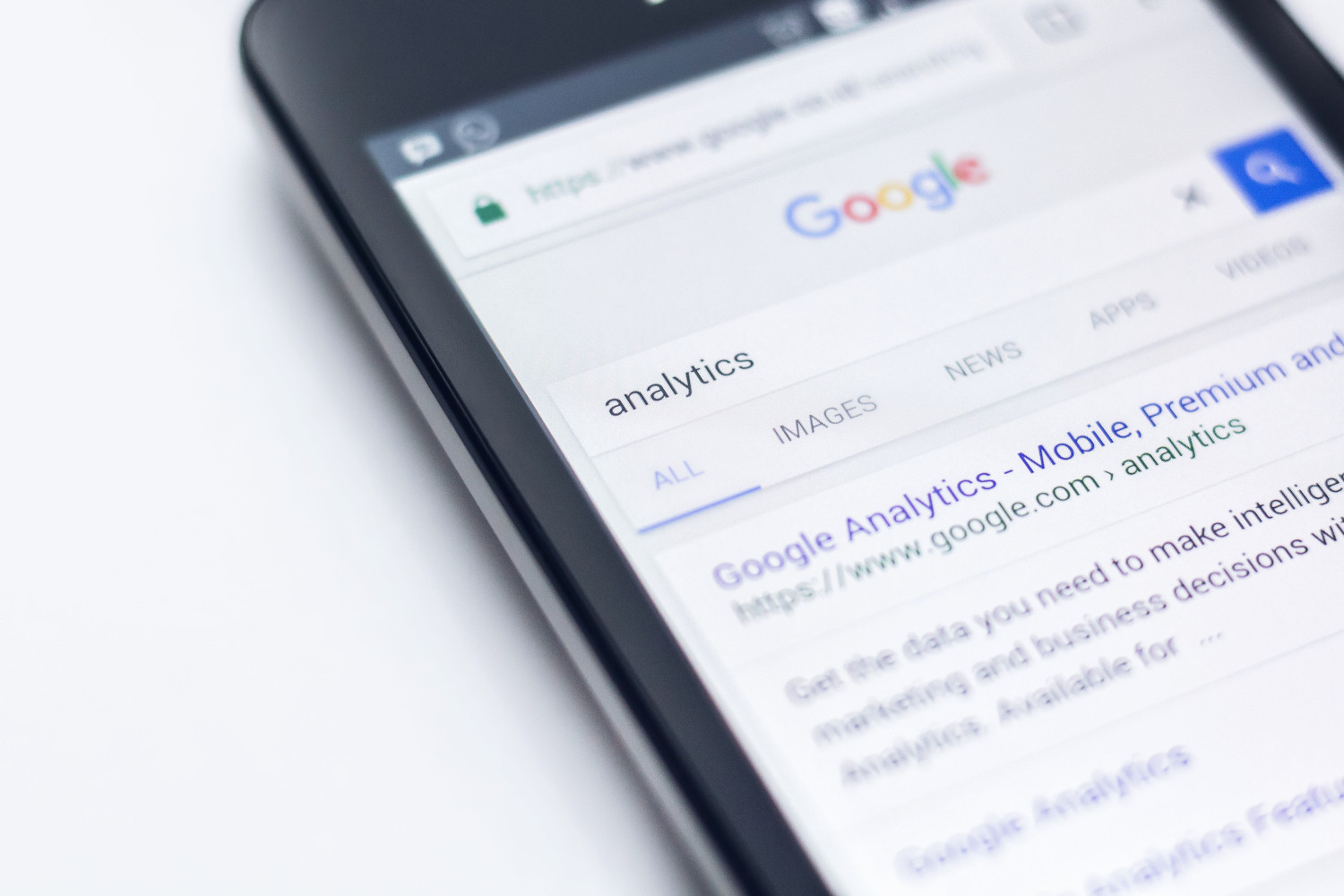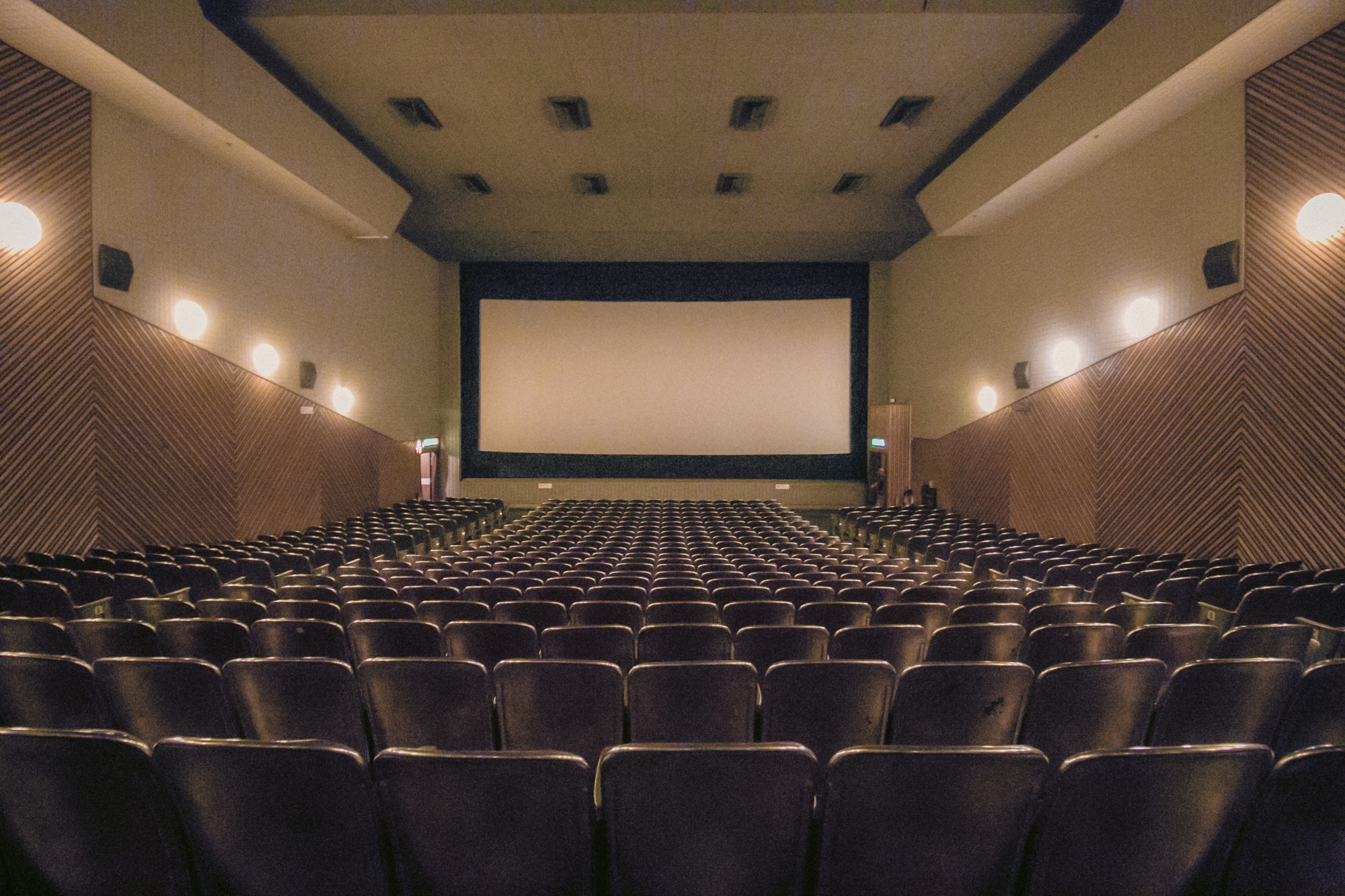You’re always going to get the best audio quality when you’re in the same room as your co-host or guests. Sometimes that’s not possible though, for a number of potential reasons. You don’t want to limit yourself to guests you can talk to in person. Plus, the COVID pandemic kept us from doing a lot of things on person for quite a while. My projects with Lifeline Theatre in Chicago ended up being done entirely by remote. It’s not ideal, but there’s still no reason you can’t produce a great product.
To get the best audio quality recording remotely, you will need to follow a few key steps:
- Choose the right equipment: Invest in a good quality microphone and recording software. Choose a microphone that is designed for remote recording and can pick up clear audio from a distance. There are many options available, so do your research and choose the one that best suits your needs and budget.
- Find a quiet location: Select a quiet location with minimal background noise, such as a dedicated recording studio or a quiet room in your home. Use sound-absorbing materials such as acoustic panels or blankets to further reduce ambient noise.
- Optimize your recording environment: Make sure the room you choose is properly lit and well-ventilated. Close windows and doors to block out external noise and turn off any electrical equipment or devices that could interfere with your recording.
- Use a stable internet connection: When recording remotely, a stable internet connection is crucial to ensure that your audio is transmitted and recorded without any disruptions or interruptions.
- Conduct a soundcheck: Before starting your recording, conduct a soundcheck to ensure that the microphone is picking up clear audio and that the recording software is set up correctly.
- Practice good microphone technique: Speak clearly and consistently into the microphone and avoid touching or moving it while recording.
- Edit and post-process your recording: After recording, use editing software to clean up any background noise or unwanted sounds, adjust volume levels, and add effects or enhancements to improve overall audio quality.
By following these steps, you can ensure that your remote audio recording is of the highest possible quality.
If you have an idea for a podcast, I can help you turn it into a reality.
If you already have a podcast… Every day I send out stories and ideas to various radio hosts and podcasters that I work with. Some of them get used, some of them don’t. But I figured why not let you have a few of them? Sign up for my email newsletter The News Sidequest

